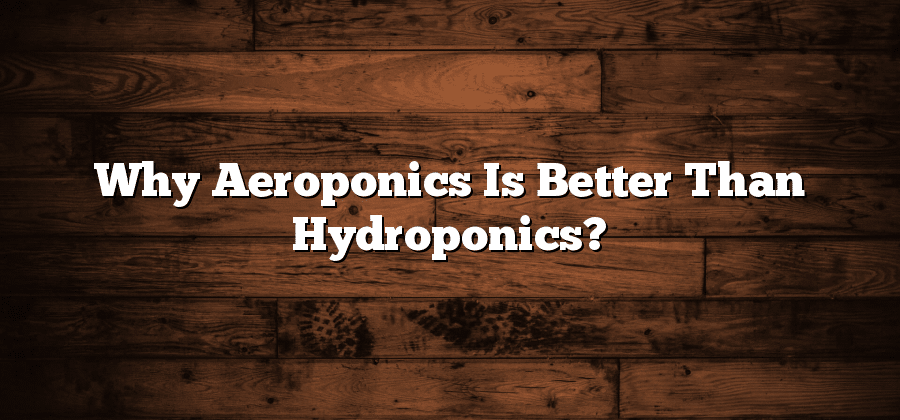Benefits of Aeroponics over Hydroponics
Aeroponics is an innovative method of growing plants that offers several distinct advantages over traditional hydroponics. One major benefit is the efficiency of nutrient and water usage. In aeroponic systems, plants are grown without soil or any other growing medium, allowing for higher concentrations of nutrients to be delivered directly to the roots through a misting system. This precise, targeted delivery ensures that the plants receive exactly what they need, minimizing waste and maximizing productivity.
Another key advantage of aeroponics is the increased oxygenation of plant roots. In hydroponic systems, the roots are submerged in water, which can lead to decreased oxygen levels and increased susceptibility to diseases like root rot. In contrast, aeroponic systems suspend the roots in the air, allowing for optimal aeration and reducing the risk of oxygen deprivation. This promotes healthier root development and overall plant growth.
Additionally, aeroponics offers greater flexibility in terms of scalability and portability. Unlike hydroponics, which often requires large and stationary setups, aeroponic systems can be easily adapted to various spaces and sizes. This makes aeroponics an ideal choice for urban farming or small-scale gardening, as it allows for efficient use of limited space while still yielding high-quality crops.
Overall, the benefits of aeroponics over hydroponics are clear. From improved nutrient utilization and oxygenation to enhanced flexibility, this advanced method of growing plants offers a more efficient and sustainable solution for modern agricultural practices.






